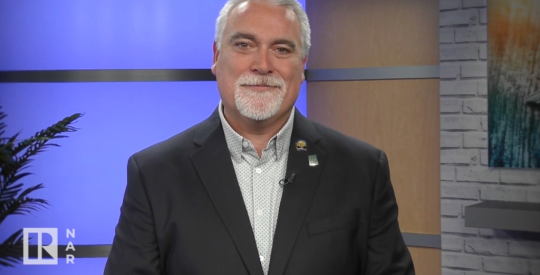While the unveiling of the Consumer Financial Protection Bureau’s qualified mortgage and ability-to-repay rule is viewed positively, risks loom for investors.
The first QM classification includes a safe-harbor provision, which essentially eliminates ‘ability-to-repay’ litigation risk for qualified loans.
The ‘safe harbor’ standard applies to lower-risk loans that meet all of the QM requirements.
The second-type of QM comes with a rebuttable presumption of safe lending and applies to higher-cost loans. This loan type is presumed safe for the most part, but can still be challenged on narrow grounds in court later on.
The rebuttable presumption afforded to non-prime borrowers poses a credit availability concern for lenders and investors, the American Securitization Forum said.
The decision to grant a rebuttable presumption to non-prime borrowers that meet specified criteria, but are still outside the 45%, “may dry up credit for this group,” ASF explained.
“Lenders and investors could easily decide the potential legal liability isn’t worth the risk, putting mortgages and home ownership out of the reach of less than perfect borrowers,” said Tom Deutsche, executive director of the American Securitization Forum.
The general requirements of QM and ability-to-pay were in line with Keefe, Bruyette & Woods’ (KBW) expectations.
However, the exclusion of the interest only loans from the definition could be meaningful to future non-agency production – even though there hasn’t been material agency interest only production in quite some time.
“We also believe that the inclusion of a second, temporary category of QM highlights the CFPB’s unwillingness to disrupt the mortgage market, which we view positively,” KBW analysts said.
KBW suggested the availability of the QM provisions lay the ground work for the build out of the future mortgage securitization market.
Fitch Ratings stated a similar finding in its 2013 outlook, saying the ruling on QM will provide clarity to the definition of QRM standards as proposed under Dodd-Frank given the fact that the latter ‘QRM standards’ cannot be any broader than the former.
Thus, both rulings will be critical milestones for the private-label residential mortgage-backed securitization market.
“Securitization of QRMs exempts issuers from risk retention and premium capture requirements so resolving these definitions will be a critical breakthrough for restarting the private-label RMBS market,” said senior director Suzanne Mistretta at Fitch Ratings.
The Securities Industry and Financial Markets Association told HousngWire the QM definition is a vital first step of housing finance reform as it sets the parameters for the vast majority of mortgage lending in the nation.
“Balanced reform is essential to revitalizing the flow of capital to the private securitization markets and increasing the availability of credit to American consumers,” CEO Tim Ryan fo SIFMA said. “As regulators continue to finalize new rules, including risk retention and its associated qualified residential mortgage definition and the capital rules that apply to mortgage lending and securitization, it is vital that they coordinate to ensure all rules work together seamlessly.”
He added, “Failure to coordinate these new rules could lead to conflicting and restrictive regulation that would slow the flow of credit to consumers and hamper the housing market recovery and economic growth.”



